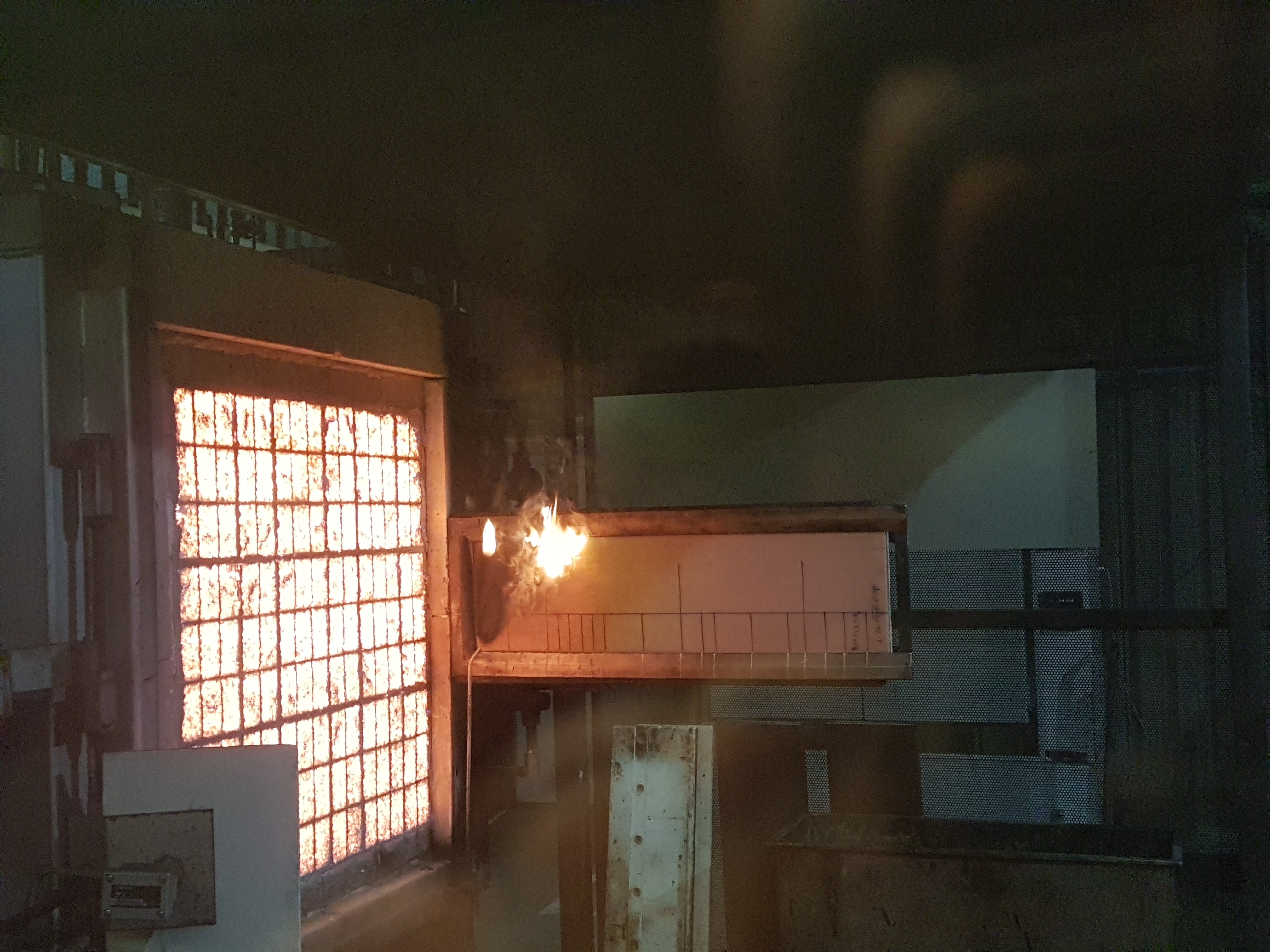
Composites UK, supported by the National Composites Centre (NCC), has published a good practice guide covering the fire performance of fiber reinforced polymer composites (FRPs).
According to the organization, the fire performance of a composite component or structure is complex and, as a result, the knowledge base is constantly growing as new products arrive in the market place in response to growing demand. Despite the topic being a ‘moving target’, there is a need to improve how components’ fire performance is specified by the engineer and buyer and can be achieved by the manufacturer, Composites UK says.
The 61-page document reportedly covers:
- The key characteristics which define the fire performance of a composites
- Materials and combinations
- Methods of improving properties
- Standards and regulations for sectors
- Testing
- Future trends
‘It’s great to see increasing use of FRP in areas where fire performance is a challenge, such as aircraft and rail interiors, offshore applications and even commercial marine structures,’ said Composites UK’s supply chain and environment manager, Stella Job. ‘The fire chemistry, interactions between the materials that make up the composite system and the testing and standards involved make this a tricky area, so this guide will be a useful resource for many seeking to understand how fire properties of FRP composites can be enhanced for their application.’
The guide is available to download here.
This story uses material from Composites UK, with editorial changes made by Materials Today. The views expressed in this article do not necessarily represent those of Elsevier.



